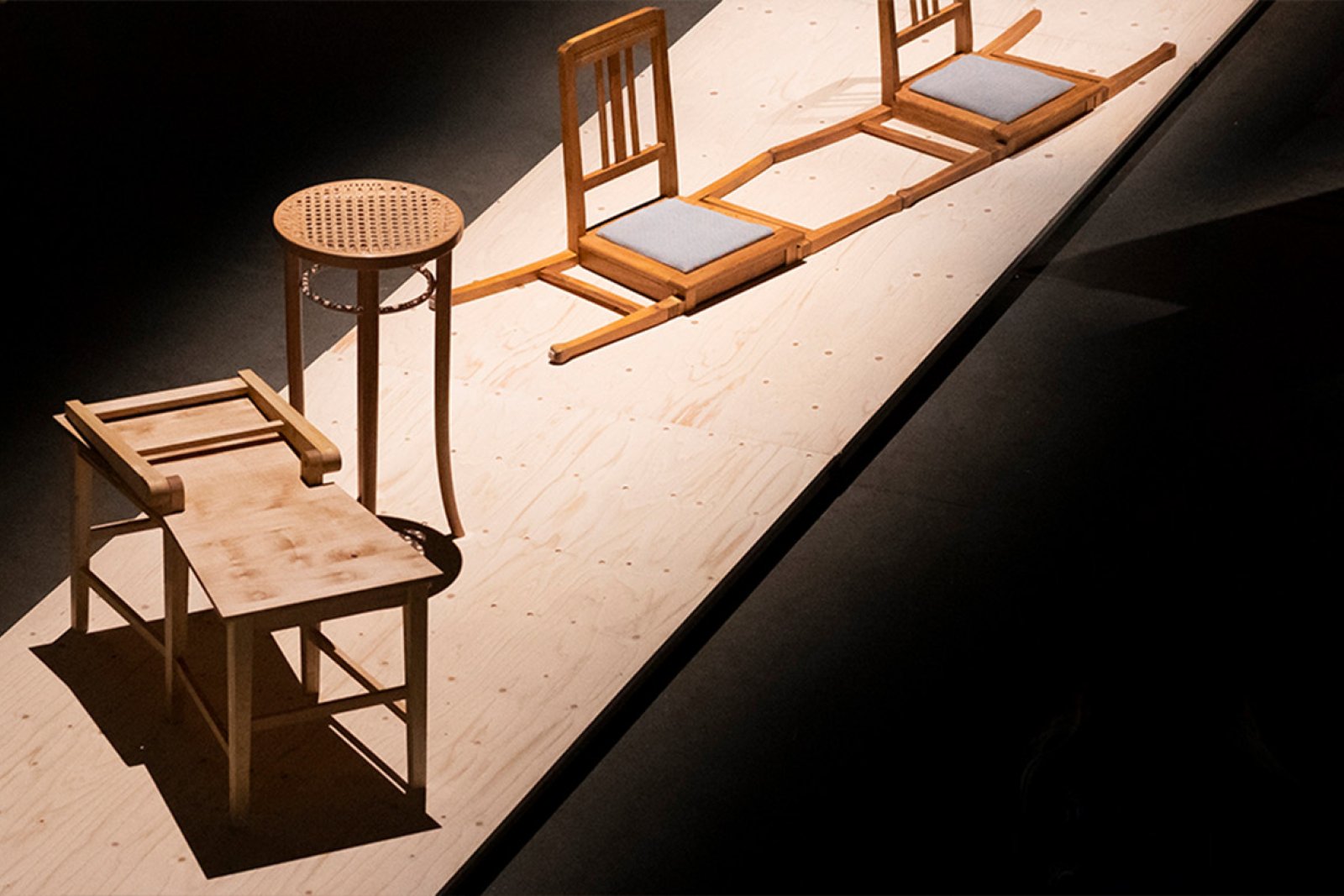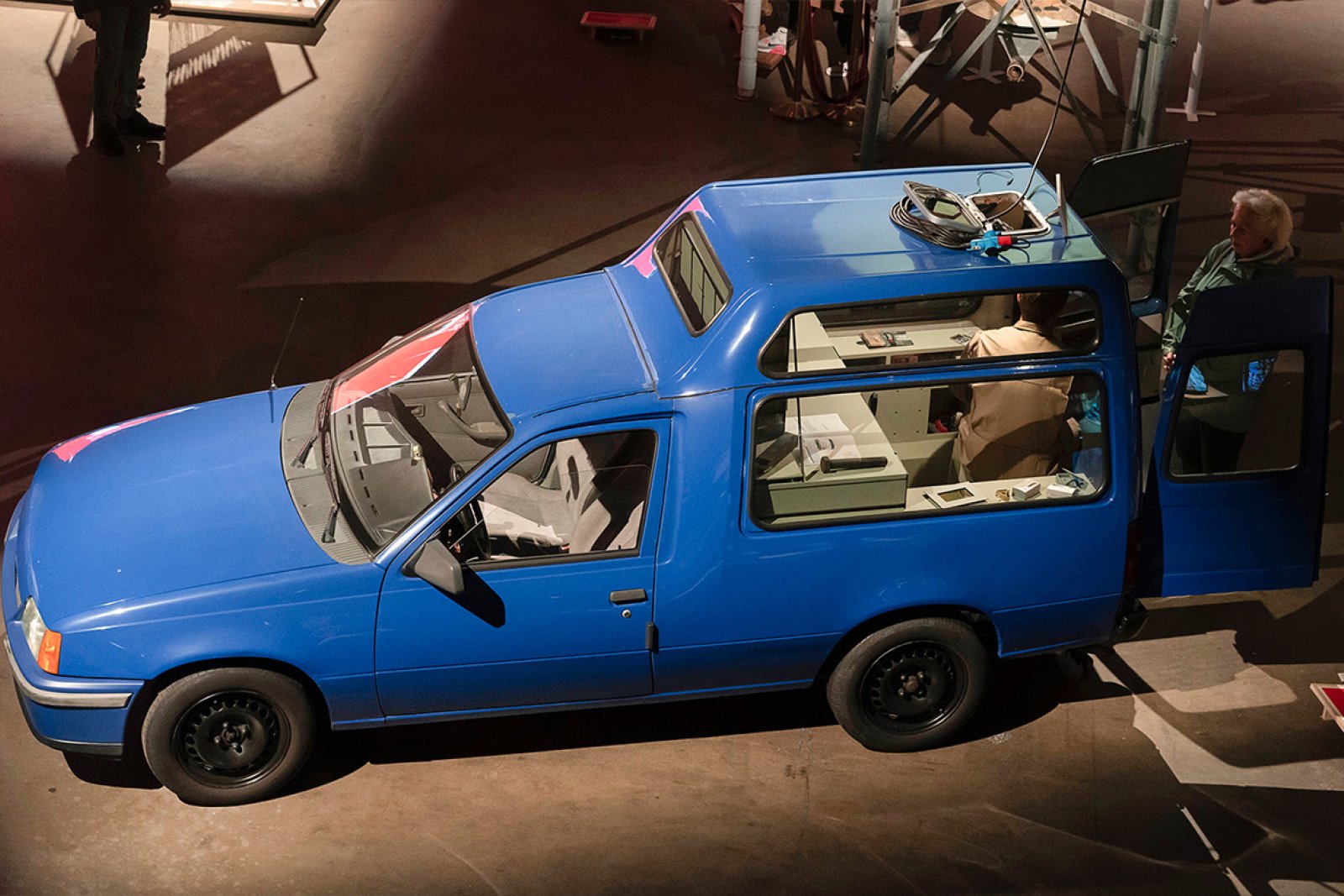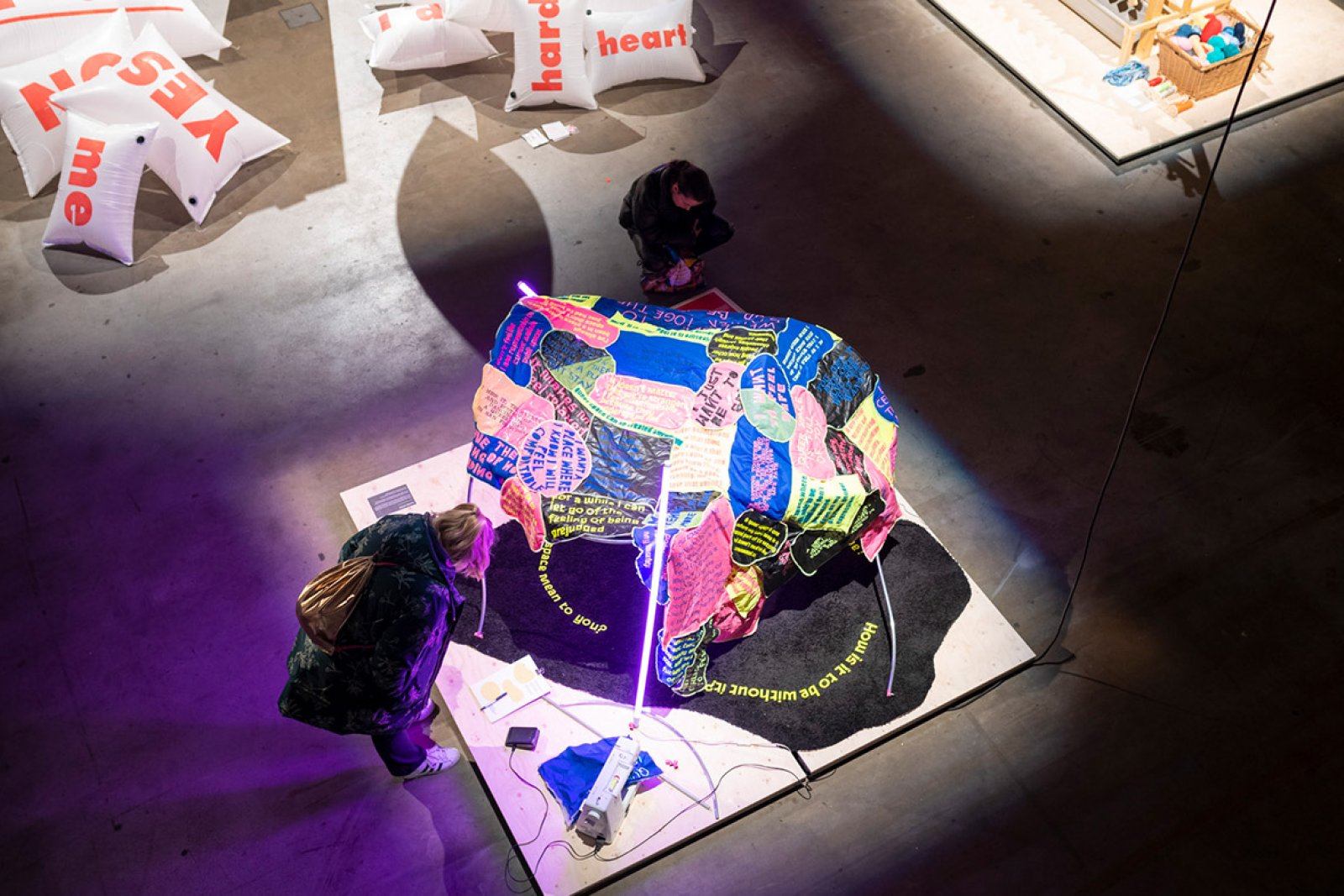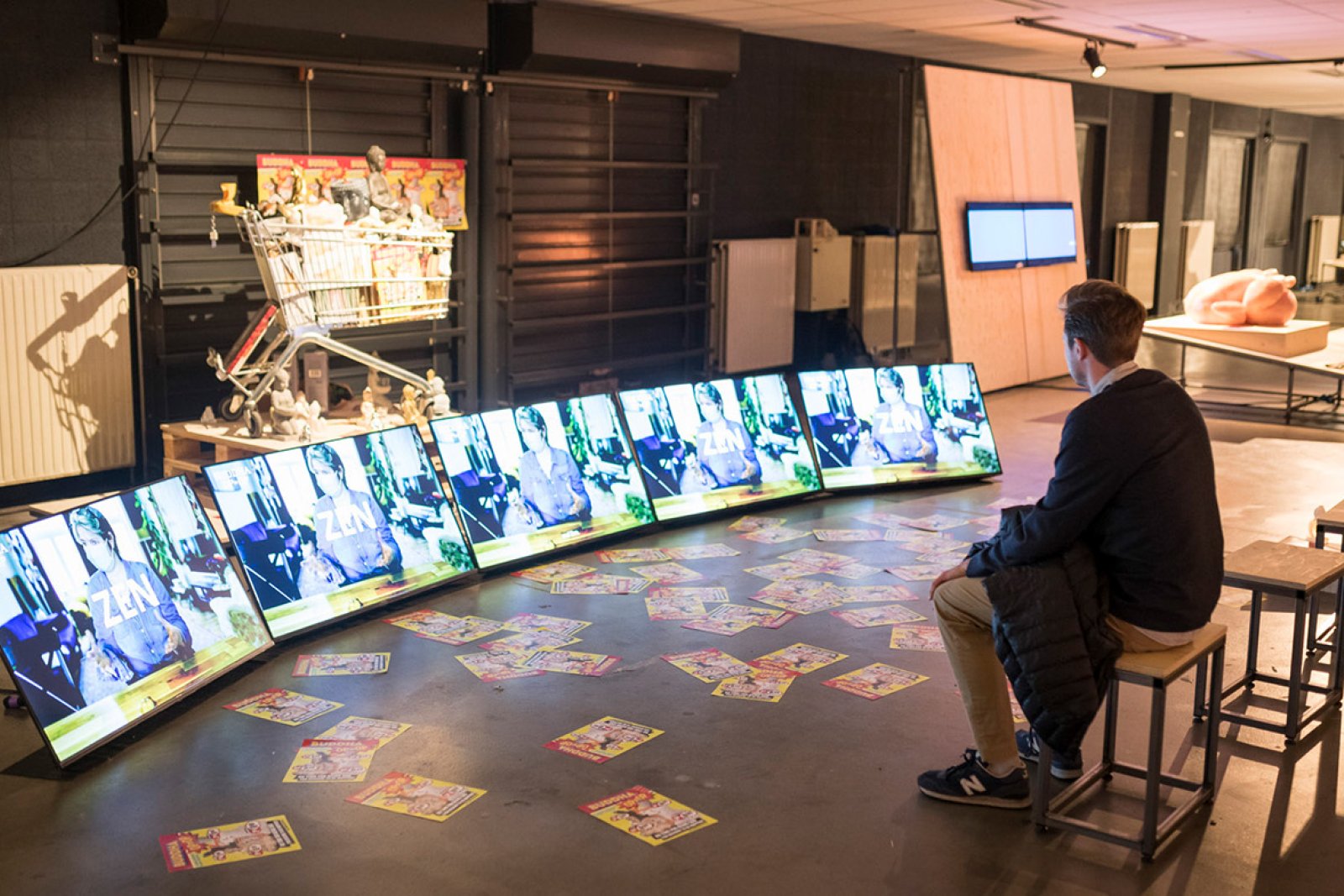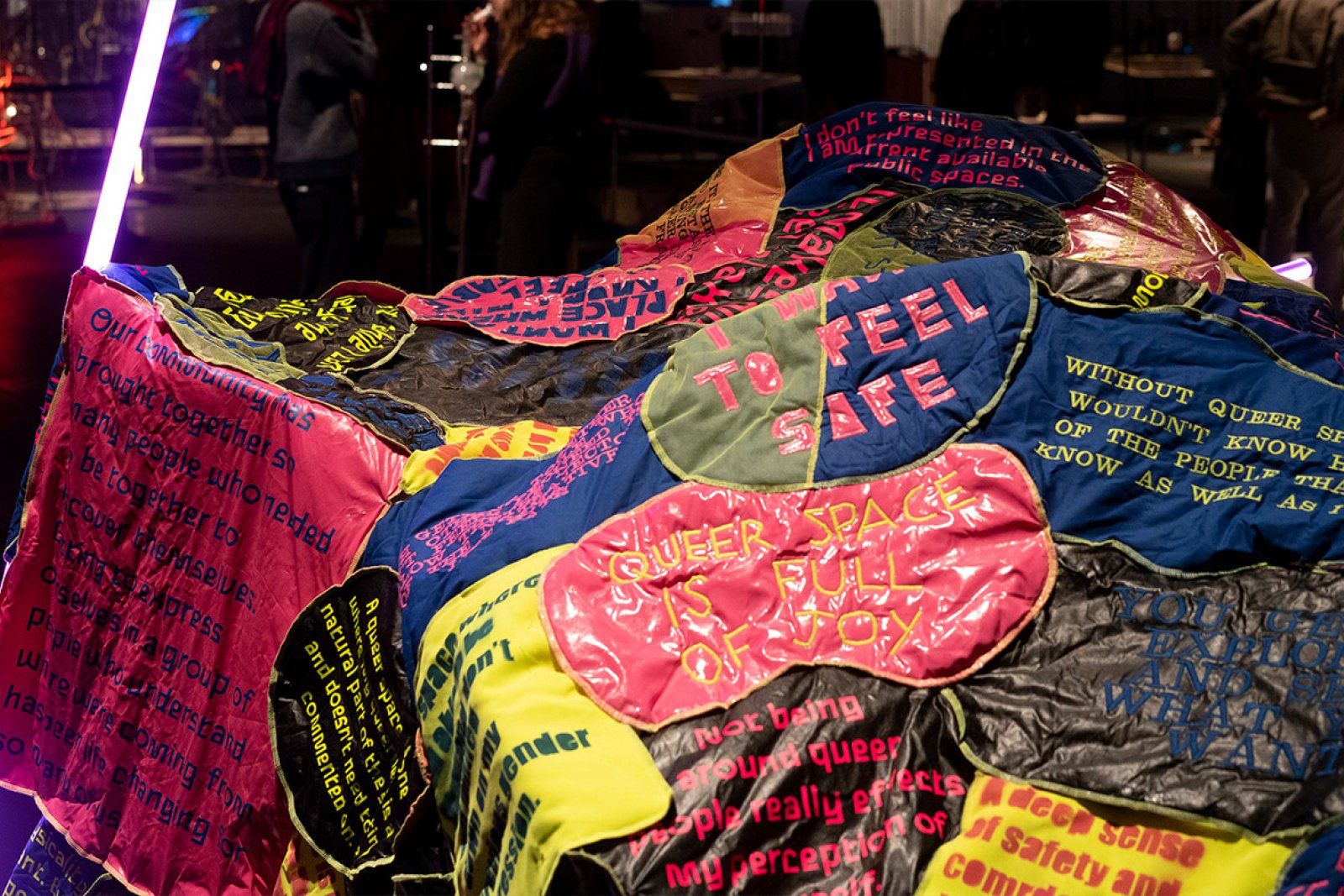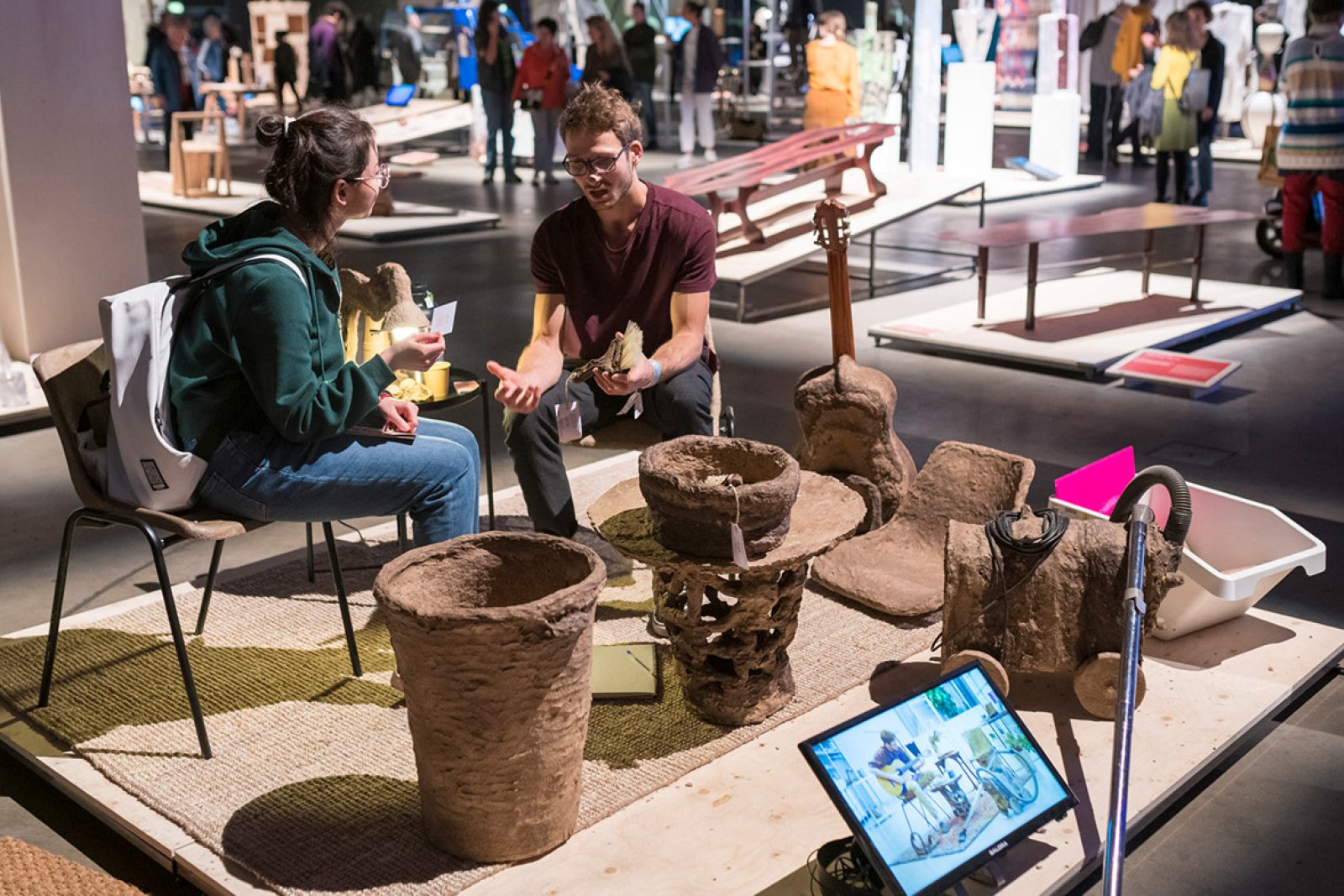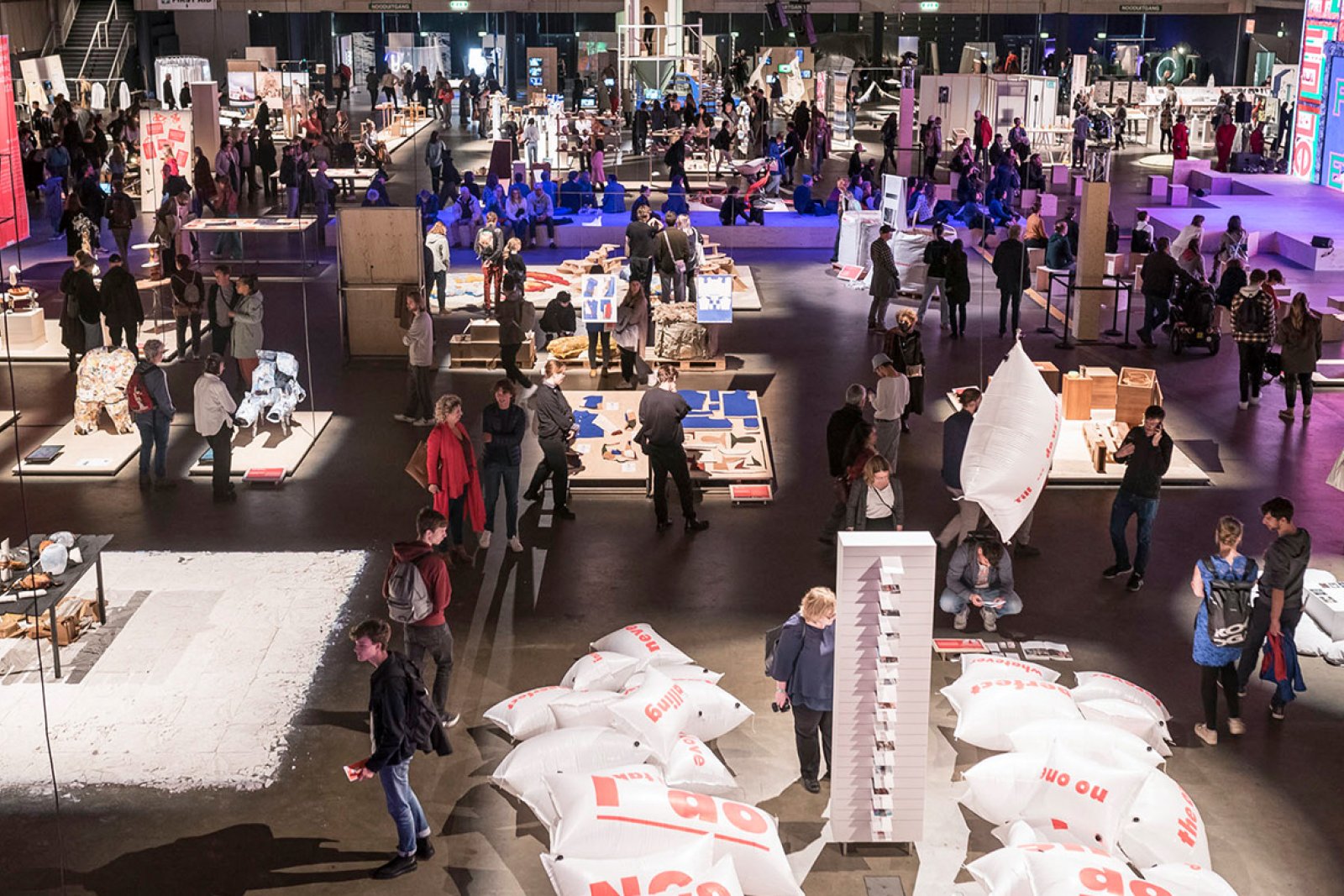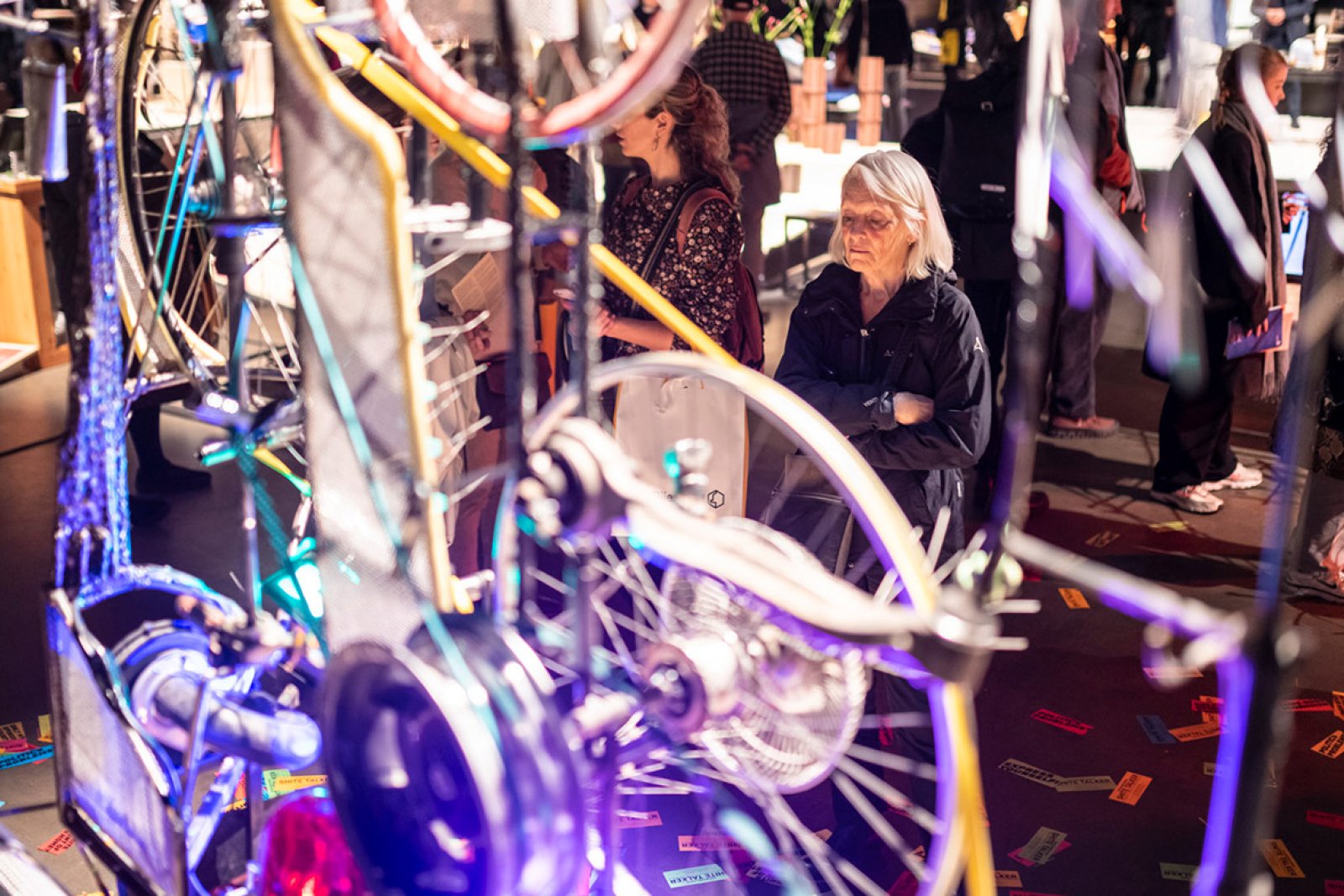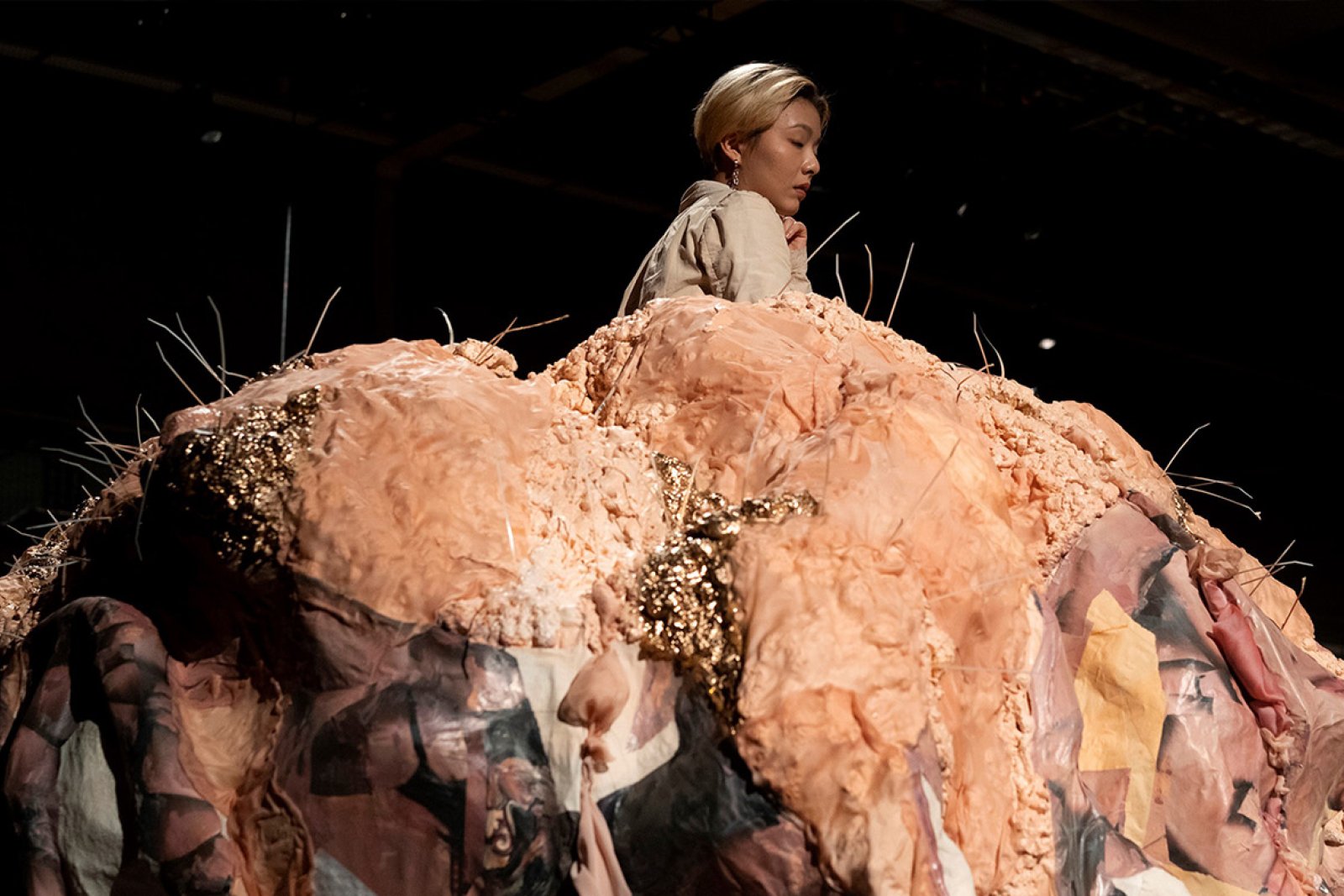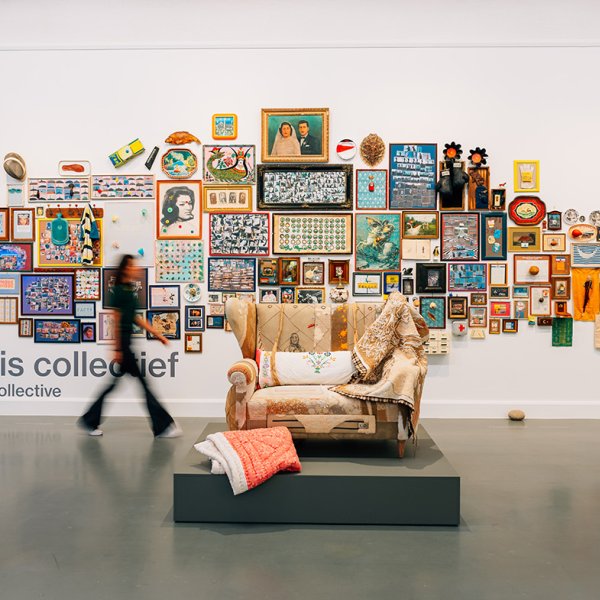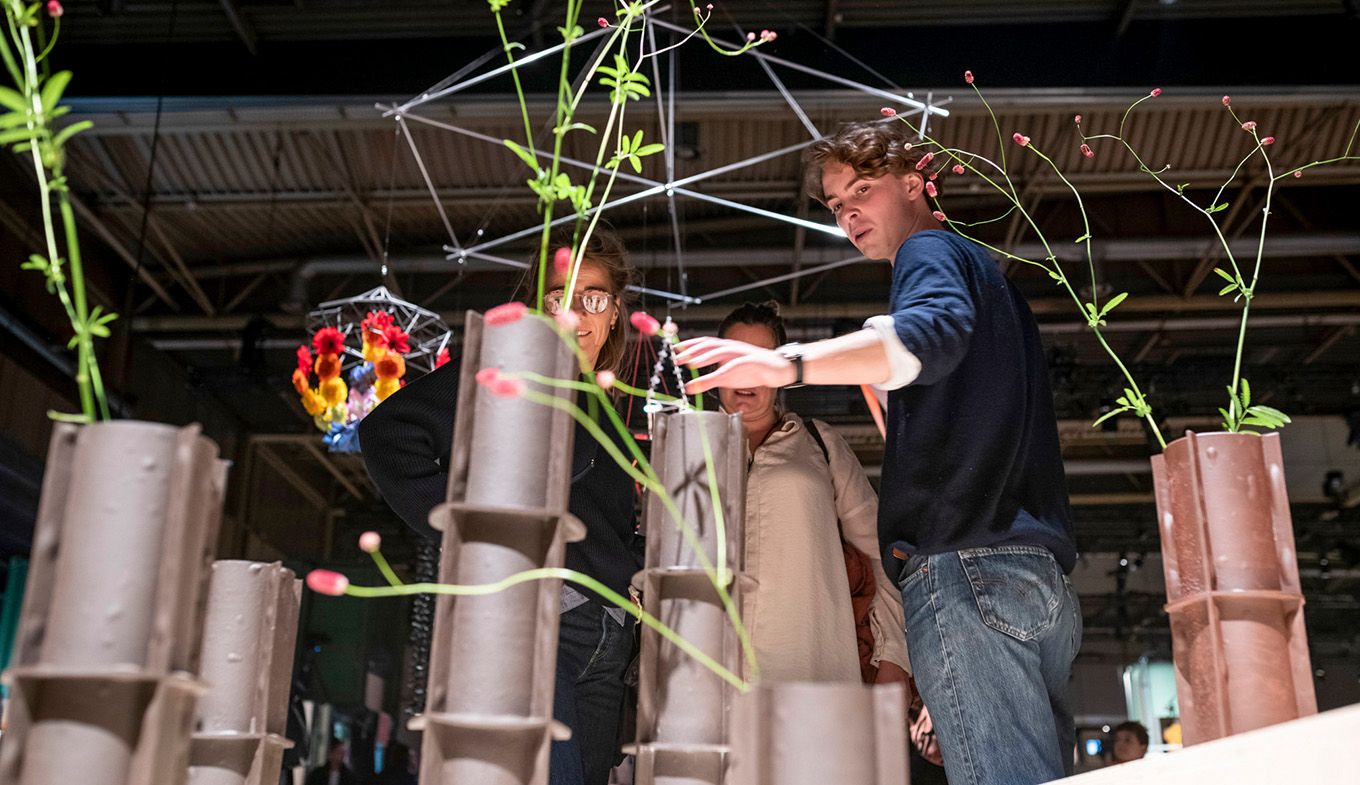
Dutch Design reflects our culture
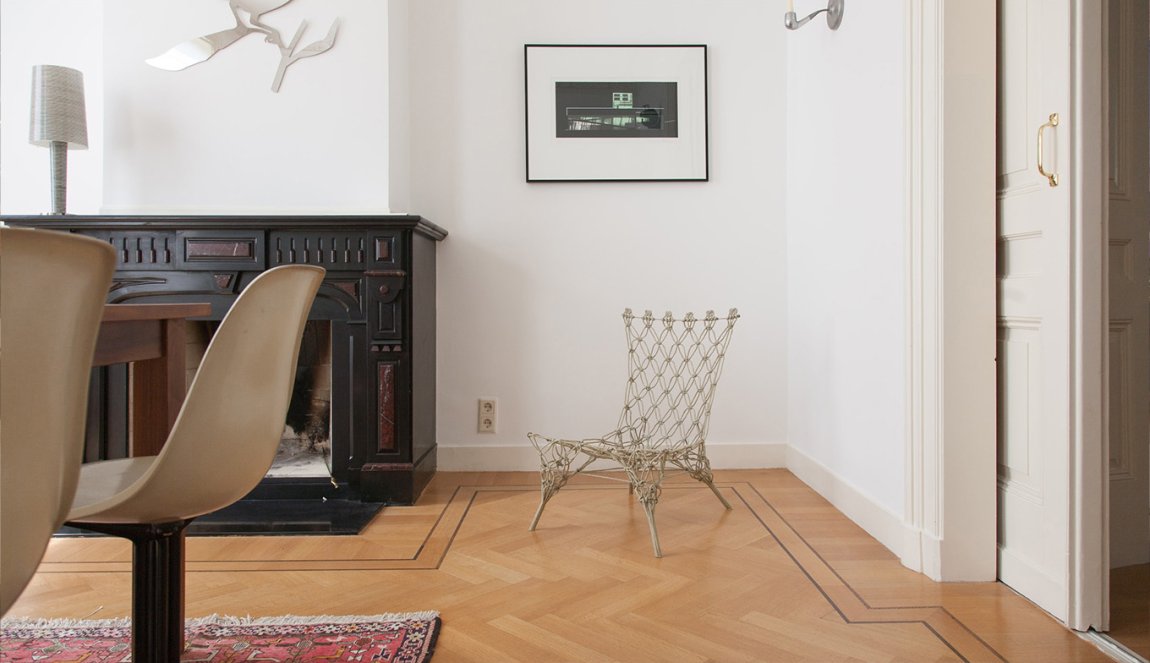
According to Wikipedia, you can best describe Dutch Design as 'minimalistic, experimental, innovative, unconventional and with a sense of humor'. These traits are perfectly represented in designs such as the somewhat quirky but very functional ‘Red Blue Chair’ by Gerrit Rietveld and the ‘Knotted Chair’ by Marcel Wanders. But it’s about more than that. Much more.
The manufacturability perspective of Dutch Design
“Much of our land is reclaimed from the sea. We are always battling water; the Netherlands is pre-eminently a designed country. We are imbued with the idea that if you work together, you can tackle and change things.
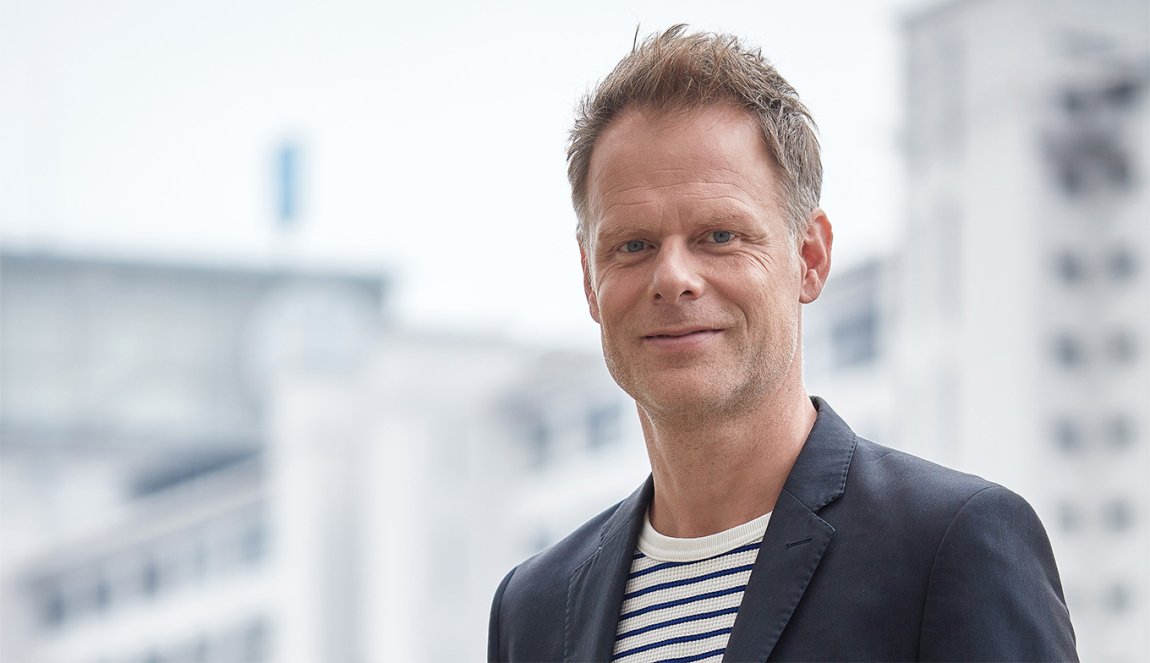
That manufacturability perspective is a big part of Dutch Design,” says Martijn Paulen, director of the Dutch Design Foundation
and for many years the guiding force behind the Dutch Design Week. “Dutch designers do not accept the status quo. They question and ask the questions behind the question. That's a fundamental approach.”
Dutch Design is therefore emblematic of Dutch culture. It’s part of the roots of our country without us even realizing it, which is something really fantastic and truly special.
“Dutch Design reflects our culture”
This approach by our designers is unique in the world. In other countries, people sometimes give you funny looks if you ask ‘why’. Just do what needs to be done and everyone’s happy, they reason.
But that is exactly the opposite of what the Dutch do. We just love taking on a challenge. For example, we live below sea level. It’s probably not the smartest thing to do, so why not move elsewhere? But we Dutch think: why should we? Surely we can figure out the best way to deal with it. Which is exactly what we did by developing a system to live here comfortably and safely.
Building with wood
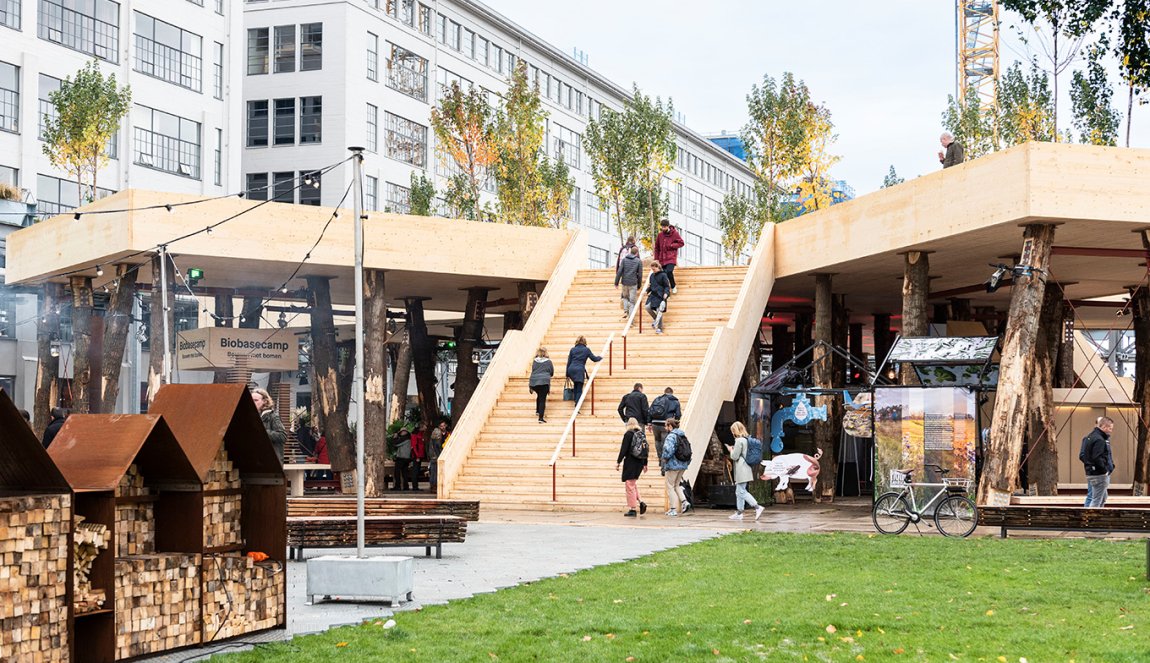
There are plenty of examples of the Dutch building with wood. In 2019, Studio Marco Vermeulen showed a gigantic wooden installation during the Dutch Design Week. It was an extensive project in which wooden materials were used as much as possible. The idea was that wood stores CO₂, so we can contribute to a better climate by developing houses or other buildings made of wood en masse. But at the time, buildings made from wood were not really a major topic of conversation regarding the whole issue of CO₂. “Marco actually built a kind of prototype, a proof-of-concept,” explains Paulen. "He showed that it could be done differently."
Vermeulen’s 'BioBase Camp' not only received an enthusiastic response from the audience present, policymakers and the media were also fascinated. This fascination resulted in a public broadcaster making an extensive documentary about the phenomenon of 'building with wood'. Questions regarding how to speed up building with wood were even asked in parliament.
“The basis of Dutch Design has changed,” the director continues. “In the past, someone designed something and then showed it. Now it is: 'Look, I have creative abilities. How can I use them to help the world?’ In short, the basis is no longer your own urge, but rather the issue at hand.”
If you’re looking for a car that has to run on solar energy, you give the Dutch a call.
Solar-powered cars
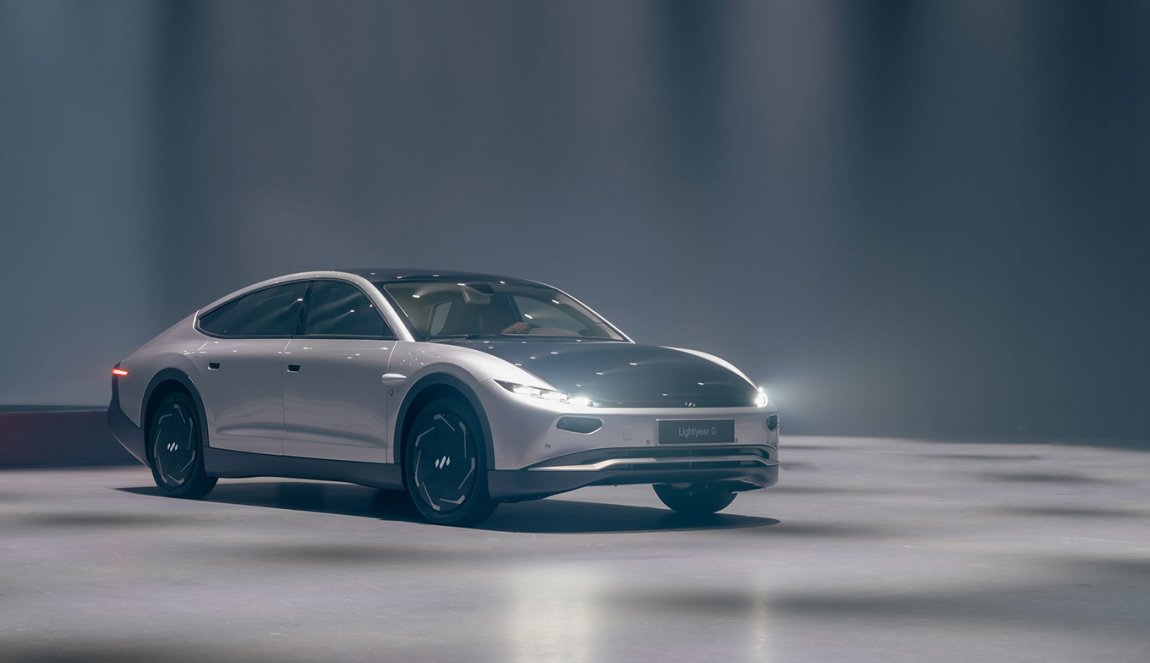
It’s not necessarily about creating a 'good-looking' design, although no one is stopping you. As Paulen puts it: “If you want to design a good-looking car, you’re more likely to end up in a place like Italy than the Netherlands. But if you are looking for a car that has to run on solar energy, you give the Dutch a call.”
In any case, the word 'design' is open for discussion. Paulen: “In the past, designers were often asked to give something 'a nice edge'. But real designers want to know who is going to use it and when. They put the user first.”
Dutch design education is of high quality and very popular. Take the Design Academy in Eindhoven, for example, which now has more foreign students than Dutch students. “That says a lot about where young creatives prefer to source their insights. Our innovative, quirky approach is appreciated. They find the fact that we ask fundamental questions about a design very interesting. In Milan, they look at what Dutch designers are doing. The Netherlands really has a lot of design power and is doing very well abroad. Students like to come here.”
An unusual phone case
One of the success stories from Eindhoven is the start-up Hable One. A group of students from the Eindhoven University of Technology developed a special phone case primarily intended for people with a visual impairment. Blind and visually impaired people generally have to use speech-controlled applications and tools, which unfortunately results in a major lack of privacy because anyone can listen in.
So a few bright young people asked themselves: can we design something that makes a smartphone work more like it does for people without a visual impairment? Which is how they came up with an innovative braille keyboard integrated in a phone case. The braille text is automatically converted to standard text, so that blind people can also send messages.
The result? The design is now part of a start-up and at a recent large conference, Stevie Wonder was chatting very enthusiastically using the telephone case.
Developments like these are now also gaining traction with governments. The power of Dutch Design was even specifically mentioned in the recent Dutch coalition agreement. The cabinet wants to work together with the creative industry to tackle today's major social challenges.
“The issues are complex and constantly changing. The Dutch polder model, in which you involve the right people in processes, has become very interesting and relevant in the design industry,” concludes Paulen. “Using our designing abilities to offer a new perspective to social issues is exactly what makes Dutch Design so important.”
